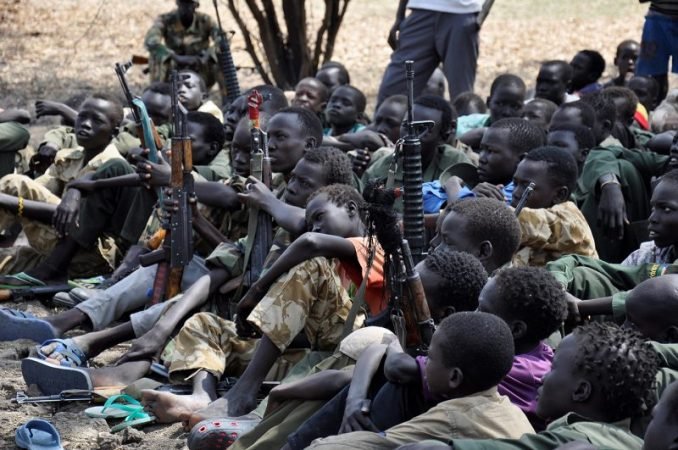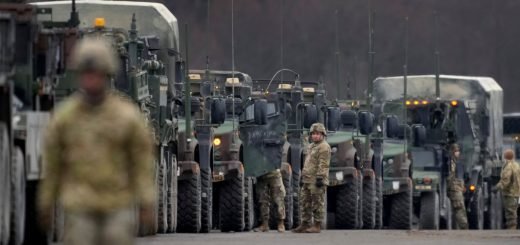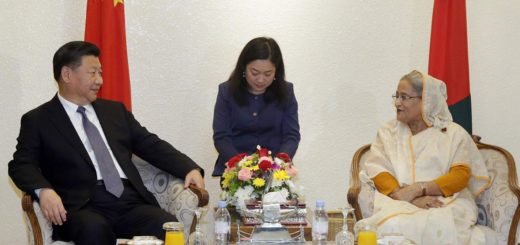Children and Armed Conflict

“When we invaded a town, we would rape people. When we saw a lot of girls, we’d rape. Even I had a lady. I was 12 at that time. She was about 15 years old. Our commanders said that we all had to get a lady. If we didn’t they would kill us.” This was the statement of a 16-year-old child soldier’s argument.
Who is a Child?
Pursuant to Article 1 of the 1989 United Nations Convention on the Rights of Child a child is “an individual who has not attained the age of 18 years unless, under the law applicable to the child, majority is attained earlier.”
Earlier, in 1992, India became a signatory to the United Nations Convention on the Rights of the Child and yet, the very meaning of the term ‘child’ according to Indian legislation remains unclear.
A child is also described as a person under 18 years of age under the Indian national laws and policies of:
- The Juvenile Justice Protection Act, 2015
- National Policy for Children, 2013
- Protection of Children from Sexual Offences Act, 2012.
What are the Child Rights?
What characterizes a child is its innocence and insecurity. In reality, the kid is growing up, a potential adult who has no way of defending himself. Children and young people possess the same general human rights as adults, as well as special rights that consider their special needs. The infant must then be the object of special concern and security. From this view, the texts declaring the protection of the infant and his or her rights have been adopted.
Children’s rights were recognized following the First World War, with the adoption of the Geneva Declaration in 1924. The mechanism of recognition of children’s rights began with the adoption of the Declaration of the Rights of the Child in 1959. The recognition of the child’s interest and privileges became a reality on 20 November 1989 with the implementation of the International Convention on the Rights of the Child, the first international legally binding document to affirm all the fundamental rights of the child.

The Convention on the Rights of the Child lays out the privileges that must be recognized in order for the children to grow to their full potential. It proposes a vision of the child as an individual and as a member of the family and community, with rights and obligations that are acceptable to his or her age and level of growth. In acknowledging children’s rights in this manner, the Convention strongly reflects on the child as a whole.
The Convention recognizes the fundamental human dignity of all children and the urgency of ensuring their well-being and development. It makes clear the idea that a basic quality of life should be the right of all children, rather than a privilege enjoyed by a few.
Who is a Child Soldier?
A child soldier or child affiliated with an armed force organization, according to the Paris Principles, in 2007, is any individual, 18 years of age or younger, who is or has been recruited or used in any capacity by an armed group. Their roles can vary, from warriors to cooks, spies, messengers, and even sex slaves.
Irrespective of their task, child soldiers are exposed to acute levels of violence – as spies, direct victims and coerced participants. Some people are handicapped and have to deal with injuries for the longest time possible. Girls are also recruited and hired by military forces and organizations. They have disadvantages that are special to their identity and position in society that have significant ramifications, including but not limited to abuse and sexual assault, pregnancy and pregnancy-related disorders, isolation and alienation from families and societies.
Irrespective of how children are recruited and the role they play, child soldiers suffer whose presence in war has significant implications for their physical and emotional well-being. They are commonly exploited, and most of them have experienced suicide, murder and sexual assault. Most are compelled to commit criminal acts, and others suffer substantial long-term psychiatric effects. The revival of these children in civilian life is an important part of helping to rebuild the lives of child soldiers.
Why do children become Child Soldiers
Armed gangs threaten children for a variety of reasons. They’re easier to exploit, they don’t need that much food, plus they don’t have a strongly established sense of risk. Kids become warriors in a number of forms. Any of them are forcefully employed. They may be kidnapped, harassed, or compelled to enter, while others may be enticed by money, drugs, or otherwise.
Other children “voluntarily” join. Reasons children choose to join militant groups may be: their families identify with a side of the conflict and they feel they are honouring their families and their countries by choosing to fight. Another explanation is survival strategies, where insurgent movements pledge protection and a sense of family; they pledge some sort of payoff, or they have a sense of vengeance for the living inequalities that they hope fighting should fix.
Children who willingly join terrorist organizations usually do not have a complete understanding of the repercussions of joining or of the severity and risk of their tasks, which is often the reason they are recruited, as pointed out above. Therefore, though they may not have needed to be forced into submission, aside from not being adults able to consent, their choice in participation is not fully-informed and therefore not really voluntary.
Child soldiers are used in direct combat as early as the age of 10, since new assault weapons are quickly handled by young children, rendering child soldiers as useful and lethal in combat as adult soldiers. In addition to fighting, typical tasks for child soldiers include patrolling and surveillance, scouting or espionage, and prison guards. Girls who are drafted into armed war are also used as sex slaves.

Law on recruitment and use of children?
Accordance with Article 2 of the Optional Protocol to the Convention on the Rights of the Child on the Involvement of Children in Armed Conflict (OPAC), “State Parties shall guarantee that individuals who have not reached the age of 18 years are not allowed to be drafted into their armed forces.”
The Section 83 of the Juvenile Justice Act of the Indian law states that any non-state, self-styled militant group or outfit declared as such by the Central government, if any child is recruited or used for any reason, shall be liable for strict imprisonment.
Risks associated for child soldiers
“They fight like soldiers. They die like children.” If enlisted and connected to an armed group, children become vulnerable to threats such as being killed in violent combats or assaults, seriously wounded, abused or ill-treated. Victims are vulnerable to physical as well as emotional harm or abuse; neglected and mistreated.
Children connected to non-state armed groups are sexually abused and raped. The Act on the Protection of Children from Sexual Offence (POCSO) deals with crimes against all children under the age of 18, irrespective of gender. It also ruled out the issue of consent in the case of children under 18 years of age.
Education is affected because children who are fighting do not attend school and because military forces and groups often target schools and teachers or invade the property. Education is a fundamental right. Schools or educational establishments should not be used for military activities under international law.
In the case of Nandini Sundar and others v. the State of Chhattisgarh, the court stated that it “had to intercede and order the Government of Chhattisgarh to get the security forces to vacate the schools and hostels that they had occupied; and even after such orders, many schools and hostels still remain in the possession and occupancy of the security forces.”
Children who are drafted into military forces and organizations often faced multiple breaches of their citizenship. Child soldiers are, first and foremost, victims of severe human rights violations, and Governments must ensure their recovery and reintegration. Considering the vulnerability of children, they should never be prosecuted solely for their association with an armed group. States should prioritize the prosecution of those who unlawfully recruit and use them.
How can child soldiers be helped?
The United Nations underlines the need to continue to work and cooperate with countries around the world to broaden legislation and promote attempts to end child participation in the war.
It can be achieved by means of the following measures. Firstly, to prevent recruitment through not only within-borders legislation but across-borders legislation to prevent children from crossing borders to partake in the war. Second, block the structures that make the mobilization of child soldiers – educational disparities/lack of educational opportunities, deprivation and political turmoil.
During a war, child soldiers suffer physical injury and disability, absence of families and displacement, long-term memories of harassment and war, humiliation or guilt, isolation and alienation, and social marginalization. Finally, to end the re-victimization or re-recruitment of these children by arresting and convicting their post-war participation of their involvement with militant groups.

Many child soldiers end up getting accustomed to violence, which can mentally affect them. Most feel emotionally scarred by what they have been asked to do or seen. They need to make restorative, healing attempts to re-socialize them. Girls face the extra burden of social stigma attached to the assumption that they have engaged in sexual intercourse. Many child soldiers have skipped school and require more schooling to feed themselves and make life more comfortable for themselves.
Various organizations, such as War Child and Child Soldiers International, are committed to addressing the issue through programmes and awareness-raising, as well as the rehabilitation and recovery of child soldiers.



















